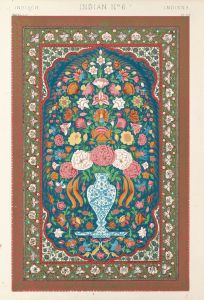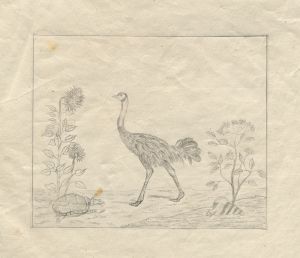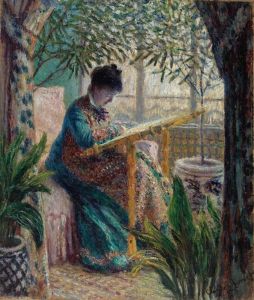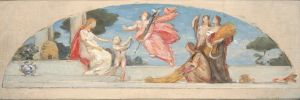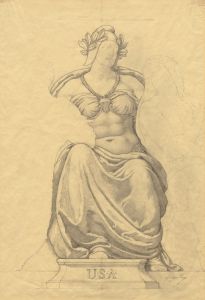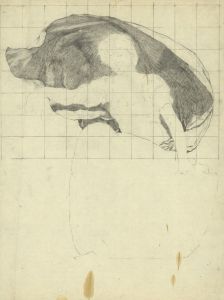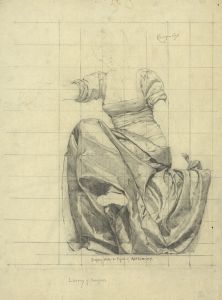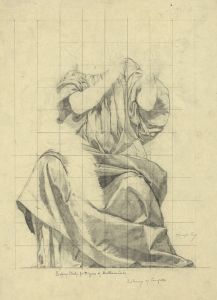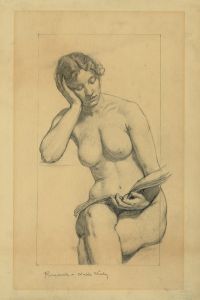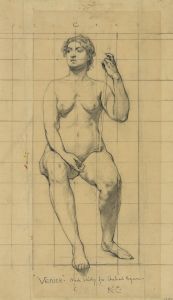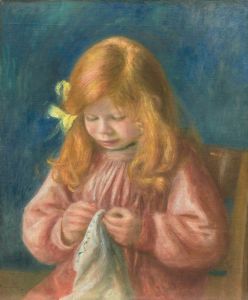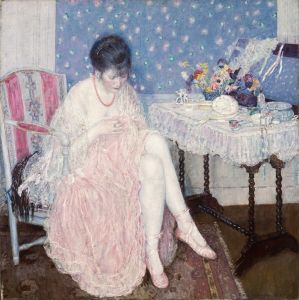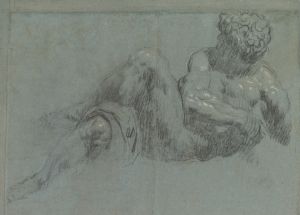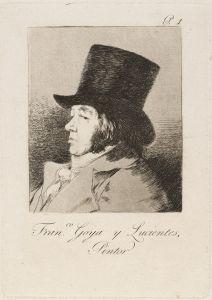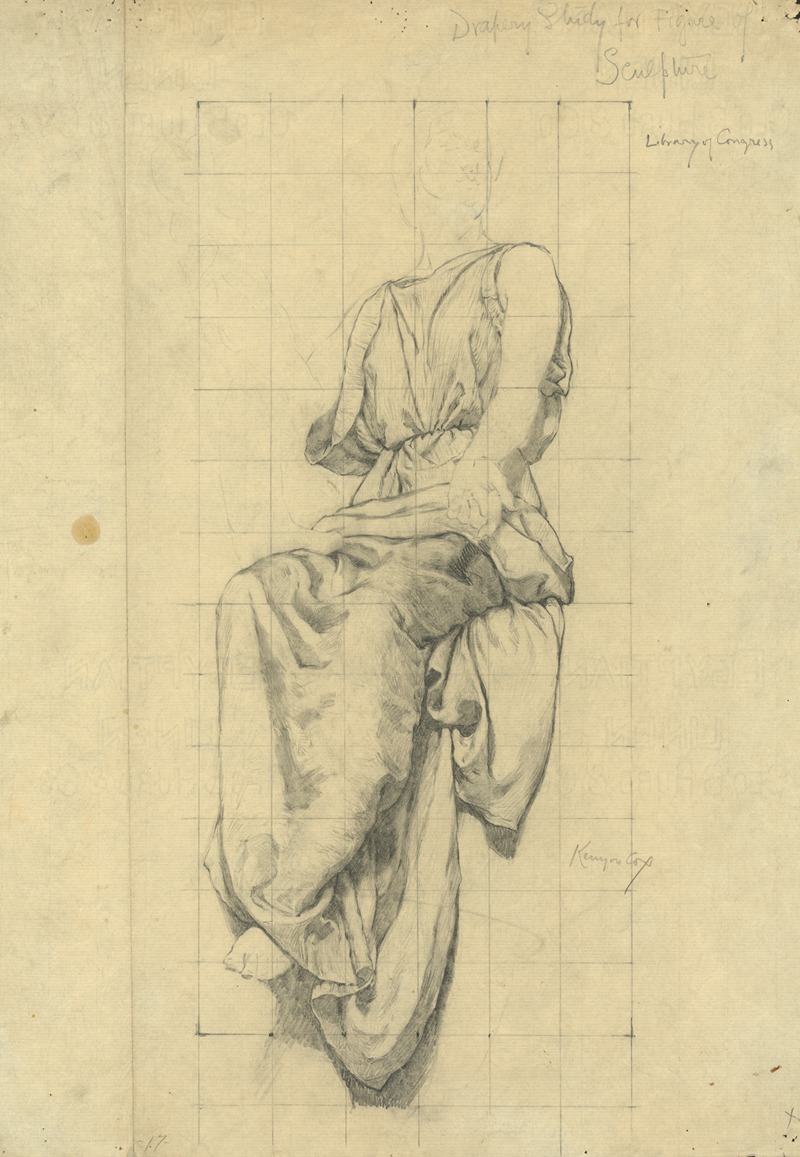
Drapery study for figure of Sculpture
A hand-painted replica of Kenyon Cox’s masterpiece Drapery study for figure of Sculpture, meticulously crafted by professional artists to capture the true essence of the original. Each piece is created with museum-quality canvas and rare mineral pigments, carefully painted by experienced artists with delicate brushstrokes and rich, layered colors to perfectly recreate the texture of the original artwork. Unlike machine-printed reproductions, this hand-painted version brings the painting to life, infused with the artist’s emotions and skill in every stroke. Whether for personal collection or home decoration, it instantly elevates the artistic atmosphere of any space.
Kenyon Cox (1856–1919) was an American painter, illustrator, muralist, and writer, known for his academic style and his contributions to the American Renaissance movement. Among his various works, "Drapery Study for Figure of Sculpture" is a notable piece that exemplifies his skill in capturing the intricate details of drapery, a common practice among artists to understand the play of light and shadow on fabric and the human form beneath it.
"Drapery Study for Figure of Sculpture" is a preparatory work, which means it was created as part of the process of developing a larger, more finished piece. Such studies were essential for artists like Cox, who were trained in the academic tradition that emphasized the importance of mastering the human form and the depiction of fabric. Drapery studies allowed artists to explore how cloth interacts with the body, how it folds, and how it can convey movement and emotion.
Kenyon Cox was educated at the Pennsylvania Academy of the Fine Arts and later at the École des Beaux-Arts in Paris, where he was influenced by the classical traditions of European art. His education in Paris exposed him to the works of the Old Masters and the rigorous techniques of academic art, which he brought back to the United States. Cox became a prominent figure in the American art scene, advocating for the values of beauty, order, and harmony in art.
The "Drapery Study for Figure of Sculpture" reflects Cox's dedication to these principles. The study likely served as a foundational exercise for a larger mural or painting, where the depiction of drapery would play a significant role in the composition. In such studies, the focus is often on the texture, weight, and transparency of the fabric, as well as its interaction with the figure it covers. This attention to detail helps create a sense of realism and depth in the final work.
Cox's work, including his drapery studies, was part of a broader movement in American art that sought to elevate public taste and promote the ideals of the Renaissance. He was involved in numerous public art projects, including murals for government buildings and other institutions. His approach combined classical themes with a distinctly American sensibility, contributing to the cultural identity of the United States during a period of rapid change and modernization.
In addition to his artistic practice, Kenyon Cox was a prolific writer and critic. He wrote extensively on art theory and criticism, advocating for the importance of traditional techniques and the role of art in society. His writings provide valuable insights into his artistic philosophy and the cultural context of his time.
"Drapery Study for Figure of Sculpture" is a testament to Cox's skill and his commitment to the ideals of academic art. While the study itself may not be as widely recognized as his completed murals and paintings, it represents an essential aspect of his artistic process and his dedication to the craft of painting. Through such studies, Cox and his contemporaries laid the groundwork for the development of American art in the late 19th and early 20th centuries, bridging the gap between European traditions and the emerging American aesthetic.





